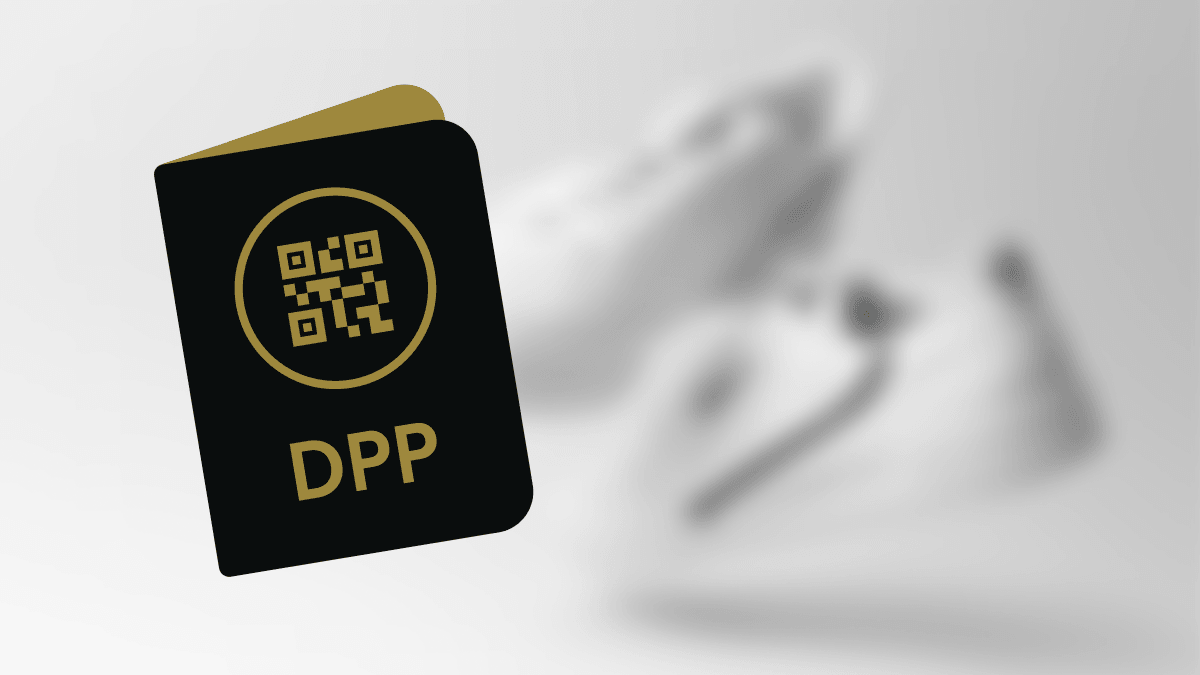
Should you be using a MACH-certified ecommerce solution?

Consumer behaviour is changing fast. Traditional, monolithic ecommerce platforms can't keep up with the unique requirements needed to create today's "wow" customer experiences. Developing unique features for traditional platforms is too costly and time-consuming. Top brands are looking towards MACH-enabled digital commerce to unlock the flexibility needed to scale and adapt on demand.
Legacy solutions can come with high licensing fees, even for mid-sized companies. Additional licences, upgrades, support contracts and resources are needed to grow - making scaling up expensive. Upgrades and support contracts also generate recurring costs. And that's not counting the operating costs for hosting and maintaining it. These costs add up. It's no wonder brands who struggle to manage their Total Cost of Ownership crave alternative solutions.
It's essential to consider whether moving away from an existing platform is the right choice. Changing platforms can disrupt operations, but it's also an opportunity to evaluate whether your current IT ecosystem will keep pace with your future business goals.
What is MACH architecture in ecommerce?
MACH stands for Microservices, API-first, Cloud-native, and Headless - principles that enable brands to break the 'replatform' cycle for good. Because the frontend and backend of the ecommerce platform are decoupled, brands have more choice over how the platform is built and maintained. These brands can easily customise and update their ecommerce experiences on demand, integrating other systems and technologies with ease.
M is for Microservices
The use of microservices allows for a modular approach to building the platform. Each microservice is responsible for a specific function or piece of functionality. This gives greater flexibility and scalability, as microservices can be added or removed as needed without affecting the entire platform.
A is for API-First
APIs (Application Programming Interfaces) allow communication and integration between different systems and services. In a MACH architecture, APIs facilitate communication between the various microservices that make up the platform.
C is for Cloud-native SaaS
This refers to software-as-a-service (SaaS) applications built and deployed in the cloud, giving greater scalability and flexibility, as resources can be easily added or removed.
H is for Headless
Headless architecture refers to separating the frontend (the part of the platform that users interact with) from the backend (the part that manages data and functions). The benefits? Greater flexibility over how the platform is built and maintained. Headless architecture means changes to the frontend don't require changes to the backend and vice versa.
The MACH Alliance - a stamp of approval
The MACH Alliance is a vendor-neutral, not-for-profit industry body that promotes open and best-of-breed enterprise tech ecosystems. The MACH Certification ensures companies choose best-in-class vendors with future-proof technology that meets the MACH standards: (microservices-based, API-first, cloud-native SaaS, and headless). The MACH Alliance educates and supports the industry in moving from legacy infrastructure to composable technology, including choosing partners.
Why are top brands choosing MACH-built ecommerce platforms?
Organizations that choose MACH architecture leverage these benefits:
Flexibility
MACH allows for different services to be developed and maintained independently - creating more flexible and modular ecommerce systems.
Scalability
Different services can be scaled up or down independently on demand, allowing the MACH-built system to handle fluctuating traffic levels without experiencing performance issues.
Integration
MACH allows for better integration with other systems and third-party tools, enabling a more seamless user experience.
Cost-effectiveness
Developers can typically use the programming language they are most familiar with without relying on costly specialists that charge a premium for their experience with a certain platform.
Agile development
MACH enables rapid iteration and the ability to make changes quickly, making it easier to respond to changing market conditions and customer needs.

Is MACH or composable the right approach for you?
You should consider switching to a MACH-enabled headless commerce or composable commerce solution if:
- your ecommerce business is growing and becoming a significant part of your entire business portfolio.
- your current ecommerce experience is slow, and scaling it would require significant effort.
- you have identified certain use cases or requirements that would be costly or even impossible to achieve with the current technology platform due to restrictions or the way the solution has been architected.
- you possess the necessary organisational maturity to manage multiple work streams and technologies effectively, and you have in-house technical expertise.
- you want to take your ecommerce customer experiences to the next level while maintaining control over the components that make up the experience.
What's the first step towards MACH-enabled headless commerce?
For many organisations, the journey towards composable and MACH architecture starts by going headless first. That means decoupling the customer experience layer from the underlying business logic and the ecommerce system. This initial step unlocks immediate benefits and opens up possibilities for further decoupling.
What would an extensive MACH-enabled digital commerce setup look like?
- An API-first commerce platform, such as commercetools or BigCommerce
- A headless content management system (CMS), such as Contentful or Storyblok, to model and manage your content across channels
- A frontend experience, either a custom-built for your organisation using ReactJS/NextJS or an off-the-shelf solution such as Vue Storefront
- A product discovery and search solution such as Algolia
- A product information management (PIM) system for modelling and managing product data across various channels, such as Bluestone PIM
- A payment solution provider such as Adyen
- A personalisation and loyalty system such as Talon.one or Dynamic Yield
Integration layer or an iPaaS solution connecting the systems together
What’s next?
There is no one-size-fits-all approach to adopting MACH and its principles. Every business has its own needs and priorities. If you’re curious whether it’s the right solution for you, get in touch for a complimentary evaluation of your current state. We’ll facilitate a workshop to help you determine the best path in your journey to MACH ecommerce.
Share:
Related articles
See all


Exploring composable commerce at MACH Three New York
